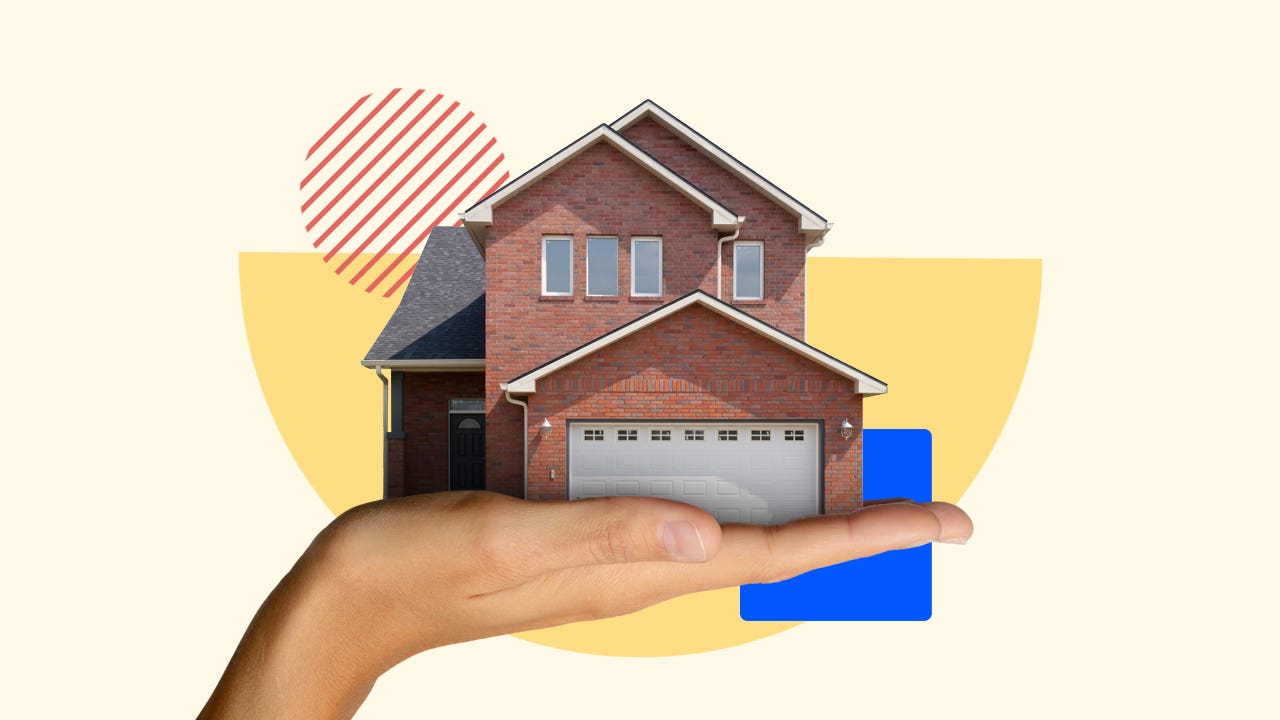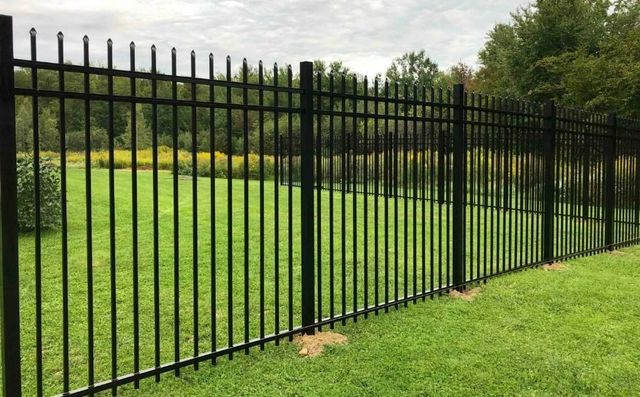Innovative Materials Shaping Modern Buildings
In the realm of architecture and construction, the evolution of innovative materials in modern building design has become a cornerstone for creativity and sustainability. As we navigate through the 21st century, the integration of new materials is not merely a trend; it represents a transformative shift in how we conceptualize and construct our living spaces. The influence of these cutting-edge materials is profound, shaping not just the aesthetics but also the functionality and sustainability of buildings.
The Power of New Materials
Architects and builders are increasingly embracing cutting-edge materials for contemporary construction that challenge traditional notions of design. From bioplastics to self-healing concrete, the landscape of available materials is rich with possibilities that cater to both practical needs and artistic expression.
One remarkable example is the use of cross-laminated timber (CLT), which is gaining popularity as a sustainable alternative to steel and concrete. CLT is manufactured by gluing layers of lumber together in alternating directions, creating a robust and lightweight material. This innovation not only reduces carbon emissions but also adds a warm, natural aesthetic to urban environments. The trend towards incorporating wood in building structures emphasizes a shift towards greener solutions while still offering the strength and durability necessary for modern architecture.
Sustainable Solutions
Sustainability remains a driving force behind the trends in building materials. Modern buildings are increasingly designed to be energy-efficient and environmentally friendly. This demand has spurred the development of materials that harness renewable resources and minimize waste. For instance, recycled steel and rammed earth are becoming popular choices among eco-conscious builders.
Recycled steel significantly reduces the energy consumption associated with producing new steel, and it offers unparalleled strength. Meanwhile, rammed earth construction utilizes local soil, creating a low-impact building option that also provides excellent thermal mass, keeping buildings cool in summer and warm in winter. These materials highlight a growing trend towards local sourcing and minimizing the carbon footprint of construction projects.
Smart Materials for Intelligent Buildings
Another exciting development in modern building design is the emergence of smart materials. These materials are capable of adapting to environmental changes, thus enhancing the performance and longevity of structures. For example, phase-change materials (PCMs) are designed to absorb and release thermal energy. When incorporated into building envelopes, PCMs can help maintain a comfortable indoor temperature, reducing the need for heating and cooling systems.
Moreover, self-healing concrete is revolutionizing maintenance in construction. Embedded with healing agents, this concrete can automatically repair cracks that develop over time. This innovation not only extends the lifespan of structures but also reduces the need for costly repairs and maintenance. The integration of smart materials is indicative of a broader trend towards creating buildings that are not only functional but also responsive to their environment.
Aesthetic Innovations
Beyond functionality, innovative materials also play a critical role in the aesthetic evolution of architecture. Designers are increasingly utilizing materials that offer unique textures, colors, and finishes to create visually striking structures. Glass-fiber-reinforced concrete (GFRC), for instance, combines the lightweight properties of glass fibers with the strength of concrete, allowing for intricate designs and elegant facades.
Furthermore, the rise of 3D printing technology in construction enables architects to experiment with complex shapes and patterns that would be challenging to achieve with traditional methods. This technique allows for the creation of bespoke materials tailored to specific design needs, pushing the boundaries of creativity and innovation.
Embracing Technology
The advent of digital fabrication techniques has significantly influenced the production of innovative materials in modern building design. Utilizing computer-aided design (CAD) software, architects can precisely calculate material efficiency and create designs that maximize structural integrity while minimizing waste. These technologies allow for a more seamless integration of materials and design concepts, resulting in buildings that are not only more beautiful but also more functional.
Moreover, augmented reality (AR) and virtual reality (VR) are reshaping the way architects and builders visualize and interact with materials. These tools enable stakeholders to explore a project’s design in a fully immersive environment, allowing for real-time adjustments and collaborations. The ability to simulate how different materials will look and perform in situ is invaluable, leading to more informed decisions and innovative outcomes.
The Future of Building Materials
As we look ahead, the future of construction is poised for exciting developments. With a growing emphasis on sustainability and technology, the shaping architecture with new materials will continue to evolve. We can expect to see advancements in biomaterials, which are derived from natural processes and designed to minimize environmental impact. Innovations in nanotechnology will also play a role, creating materials with enhanced properties such as increased strength, lighter weight, and improved durability.
The convergence of sustainability, aesthetics, and technology heralds a new era in architecture and construction. The embrace of innovative materials in modern building design will not only redefine our skylines but also enhance the quality of life for future generations.
Conclusion
The impact of innovative materials in modern building design is both profound and far-reaching. From sustainability and functionality to aesthetics and technology, these materials are shaping the future of architecture. As the industry continues to embrace new and cutting-edge solutions, the potential for creating buildings that are beautiful, functional, and environmentally responsible is limitless. In this dynamic landscape, innovation is the key to unlocking the full potential of modern construction, promising a brighter, greener future for urban environments worldwide.





